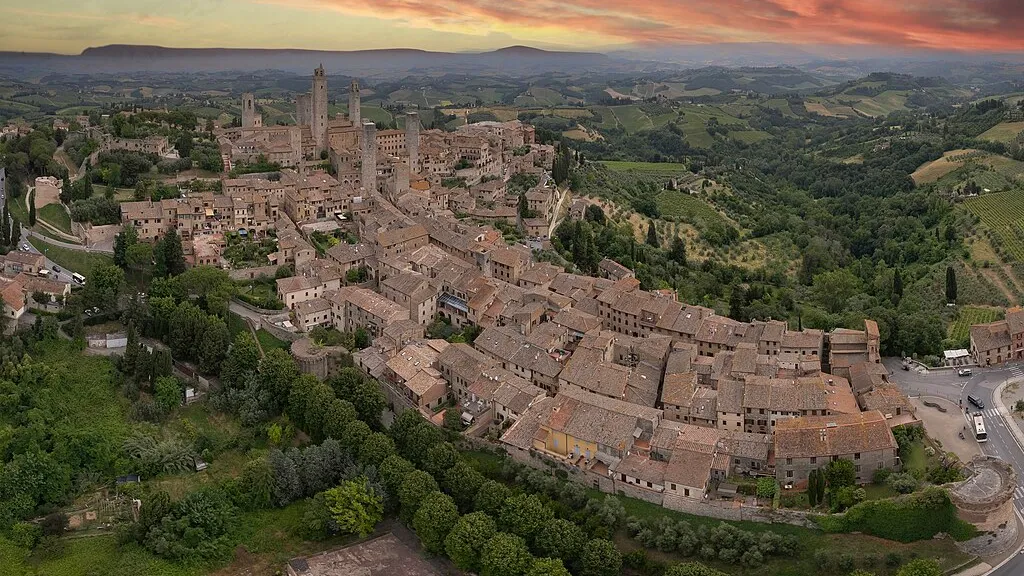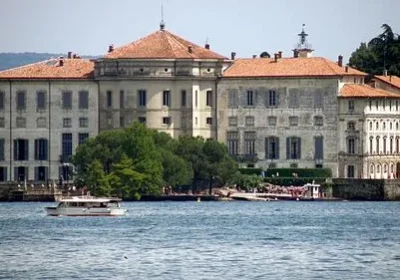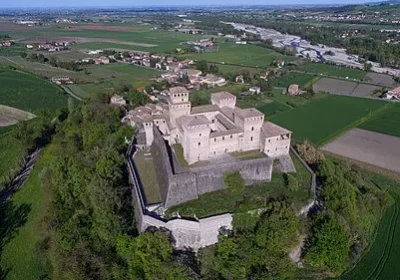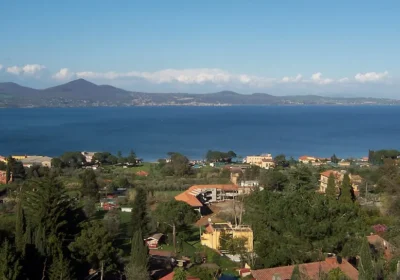Tour of San Gimignano.
This tour is conducted by car It is usually organised in conjunction with other Tuscan towns You can also organise a wine tasting or lunch at a recommended restaurant or winery
The open-air museum of the Middle Ages is the name given to the tiny town of San Gimignano in the province of Siena in central Italy. The town was inscribed on the UNESCO World Heritage List in 1990.
The town is located 55 kilometres from Florence.
San Gimignano owes its unique appearance to a long and interesting history. It was originally a small village founded in the 3rd century BC by the Etruscans. After the fall of the ancient civilisation, the Romans settled here. They built a small fortification, calling it Castello della Selva “fortress among the forest”. After the collapse of the Roman Empire, the settlement did not cease to exist. In the 10th century AD,
Here you will see:
Cathedral of San Gimignano – The church is famous for its frescoes by Domenico Ghirlandaio, Benozzo Gozzoli, Taddeo di Bartolo, Lippo Memmi and Bartolo di Fredi. The Basilica is part of the UNESCO World Heritage Site
Chapel of Santa Fina – An early Renaissance chapel in the right aisle of the collegiate church of Santa Maria Assunta, it was designed by Giuliano and Benedetto da Maiano in 1468 to house the relics of St Fina.
Cathedral Square: its palaces and towers – Many of San Gimignano’s architectural gems are found here. Dominating the square is the Collegiate Church (Collegiata di Santa Maria Assunta or simply Duomo
Piazza del Well – In the 13th century it hosted mass celebrations, festivals, tournaments, but above all it was the commercial, economic centre of the city.
Museum of Torture and Execution – Here you can see hundreds of inventions created by the Inquisition to torture people.
Church of San Pietro – A Romanesque-style, small single-nave church The first mention of the church dates back to the 60s of XIII.
St Augustine’s Church – It was built in the second half of the 13th century, in the spirit of late Romanesque and Gothic architecture, and is still an active church.

















